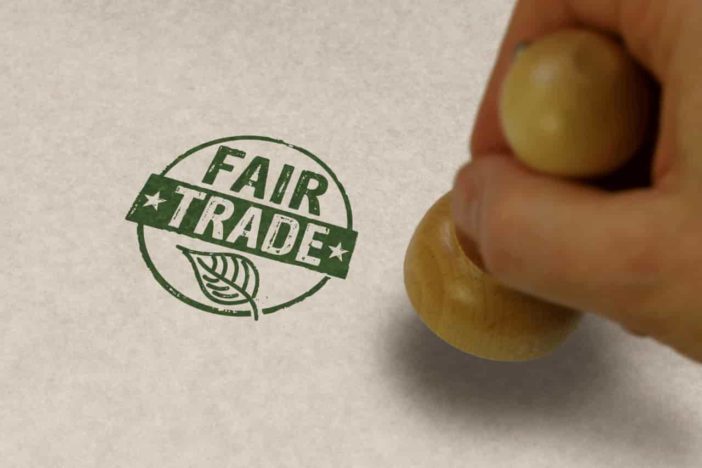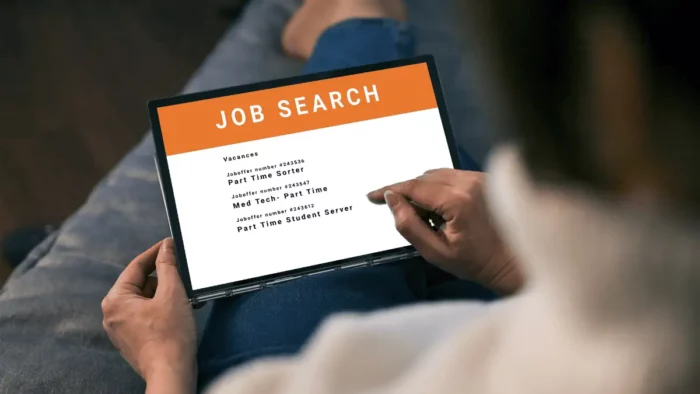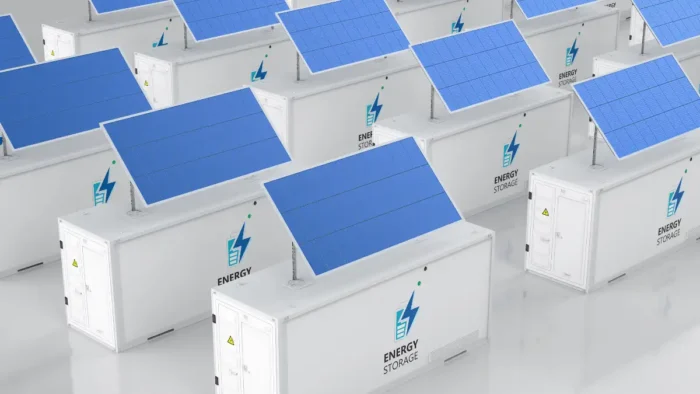Would you be comfortable buying chocolate that got farmed by child slaves? If you knew the truth, then you most likely would not.
The reality is that current trade agreements sometimes allow such horrors to happen. If this doesn’t appeal to you, then you’re likely interested in learning about fair trade.
What is fair trade, and how does it compare to trade pacts of the past? Read on to get these answers and more.
What is Fair Trade?
So, what exactly is the definition of fair trade? Fairtrade is an attractive approach to conducting business with developing nations. The goal of this system is to create an international system of trade that’s fair.
That notion of a fair trade definition has its roots in the 1970s and 80s. At the time, North American countries began to exchange ideas about fair trade. This organization, NAATO, was later formed into the Fair Trade Federation.
Over time, fair trade came to represent human rights, just pay, and global cooperation. Fairtrade stands in direct contrast to free trade, which has been the predominant system.
What is Free Trade?
Free trade has been the main approach to business for decades. The main goal is to increase the nation’s economic growth through trade.
As society evolves, most politicians agree that free trade policies need reform. Here are some of the challenges free trade arrangements create:
- Marginalizes and takes advantage of the poor
- Lack of focus on environmental protection
- Long-term sacrifices to the growth of developing nations
- No attention to human rights concerns (slave labor, child labor laws)
Overcoming these global business challenges is difficult for businesses.
The Implications of Fair Trade
Proponents of this global approach often cite the benefits of fair trade. Here are some of the most significant implications of fair trade:
- Fosters international cooperation and respect
- Benefits for fair trade farmers and marginalized groups
- Encourages fair trade fair pay. No slave or child labor.
- Environmental benefits
- Supports safe working environments
For many, these advantages far outweigh the benefits of free trade.
What’s the Current State of Fair Trade?
Currently, the U.S. has the third-largest market for fair trade goods. In 2017, sales of fair trade products reached over $1 billion. Throughout the globe, over $9.2 billion in fair trade products got sold.
How would you know whether a product got produced through fair trade or not? The Fair Trade Federation verifies companies that use their practices. Then, the products get a specific label that certifies them as fair trade products.
Here are the main types of fair trade labels:
- The FAIRTRADE Mark
- Fair Trade Certified Label
- Fair for Life
- Fair Trade Federation Member
- World Fair Trade Organization
- UTZ Certified
As society evolves, human rights and equality are becoming more and more relevant. Fairtrade isn’t desirable for everyone. Developed nations will have to sacrifice paying less for some products and services.
Looking Towards the Future
What is fair trade? For many citizens of the globe, this arrangement means a higher quality of life. For others, it may mean paying more for products and services.
Are you looking for more entrepreneurship tips and ideas? Head over to our entrepreneurship section now to check out our latest content.





